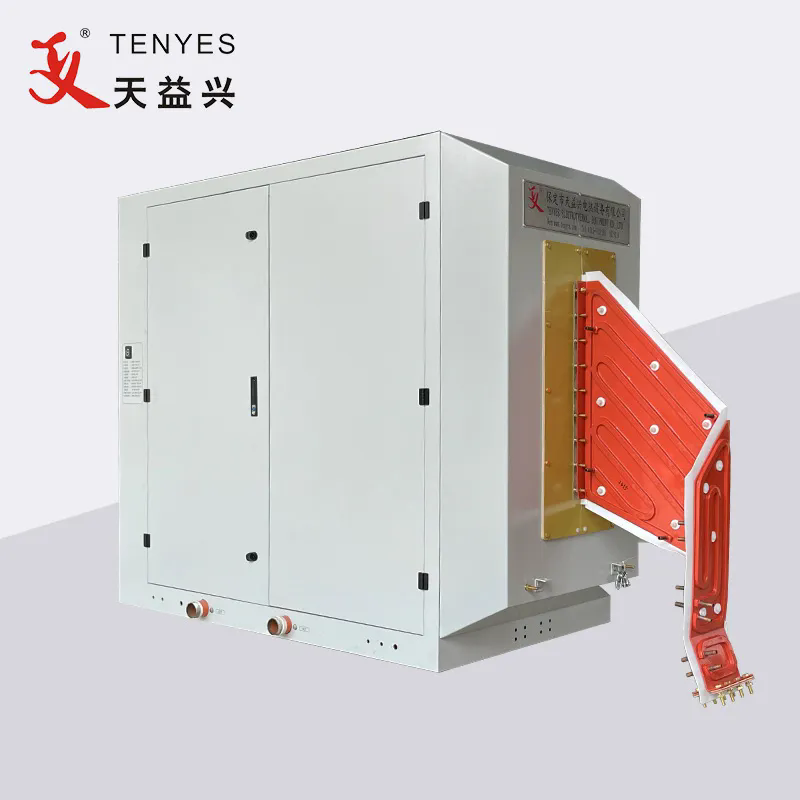Why Is the Solid State High Frequency Welder Revolutionizing Metal Joining?
2024-12-09
In industries where precision and efficiency are paramount, welding technologies play a crucial role. Among the cutting-edge advancements is the Solid State High Frequency Welder (SSHF Welder). But what makes this technology a game-changer in metal joining? Let’s explore.
1. What Is a Solid State High Frequency Welder?
A Solid State High Frequency Welder is a specialized machine that uses high-frequency electrical currents to join metals. Unlike traditional welding methods that rely on heat from combustion or arcs, this technology generates heat through electrical resistance, ensuring precise and efficient metal fusion.
2. How Does It Work?
The welder uses a solid-state power supply to generate high-frequency currents. These currents pass through the edges of the metals being joined, heating them to a point where they can fuse. The process is completed under pressure, creating a strong and seamless bond.
3. What Are Its Key Advantages?
- Energy Efficiency: Solid state technology minimizes energy loss, making the welding process highly efficient compared to older systems.
- Precision: The controlled high-frequency currents ensure uniform heating, resulting in clean and accurate welds.
- Durability: Welds created with SSHF technology are strong, with minimal defects or inconsistencies.
- Low Maintenance: With fewer moving parts and robust construction, these machines require less frequent maintenance, reducing downtime and costs.
4. Applications Across Industries
The versatility of the Solid State High Frequency Welder makes it invaluable in various industries:
- Tube and Pipe Manufacturing: Perfect for creating strong, seamless joints in steel, aluminum, and other materials.
- Automotive Industry: Used for joining components like exhaust systems, ensuring durability under high stress.
- Aerospace: Ensures lightweight and reliable joints critical for aircraft performance.
- Electronics: Ideal for applications requiring precision, such as battery terminals and circuit components.
5. Why Is It Preferred Over Traditional Methods?
Traditional welding methods often involve higher energy consumption, inconsistent results, and increased risk of material damage. In contrast, the Solid State High Frequency Welder offers:
- Faster processing speeds, boosting productivity.
- Enhanced safety, as it eliminates the need for open flames or arcs.
- Compatibility with various metals and alloys, making it a versatile tool for modern manufacturing.
6. What Does the Future Hold?
As industries continue to demand faster, more reliable, and environmentally friendly manufacturing solutions, Solid State High Frequency Welders are poised to become the standard. With ongoing advancements in automation and integration, these machines will play a pivotal role in the smart factories of the future.
Final Thoughts
The Solid State High Frequency Welder isn’t just a tool—it’s a technological leap forward for industries that rely on precision and efficiency. Its ability to deliver strong, seamless, and reliable welds with minimal energy consumption makes it a must-have in modern manufacturing.



